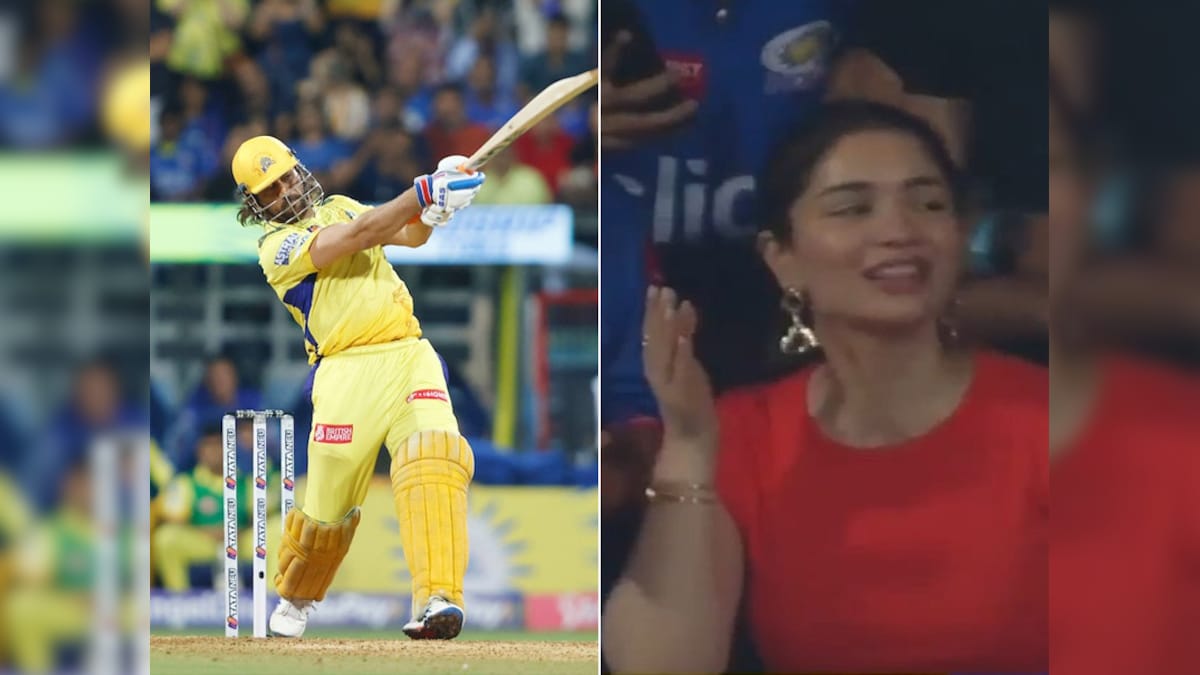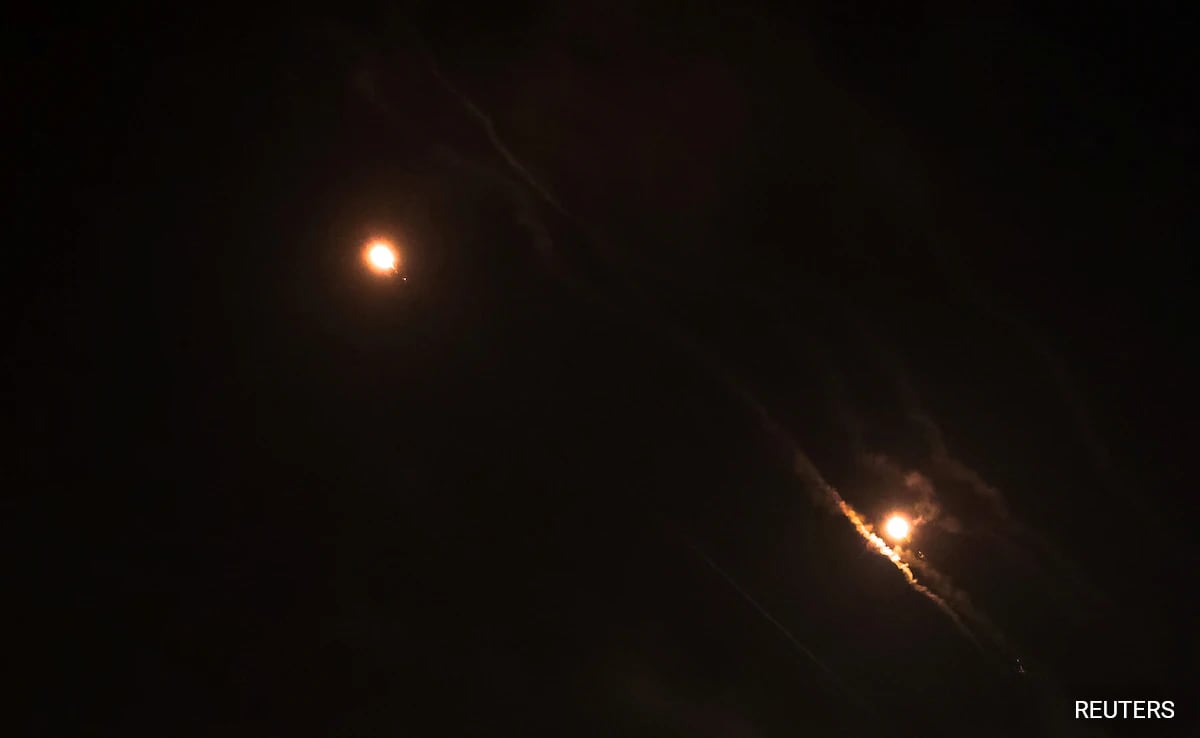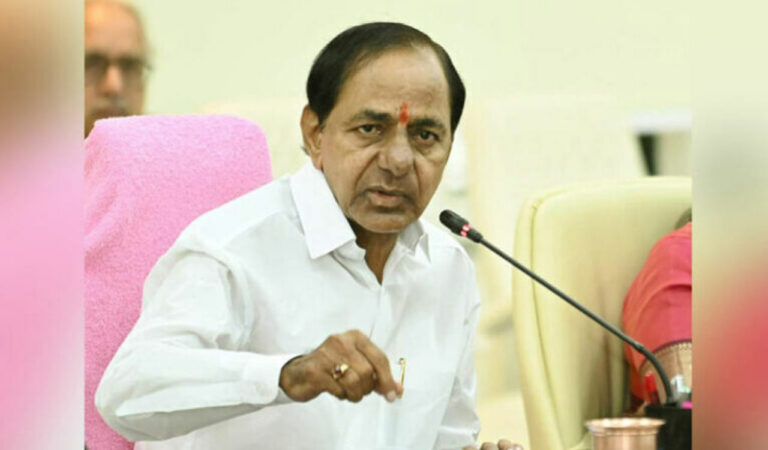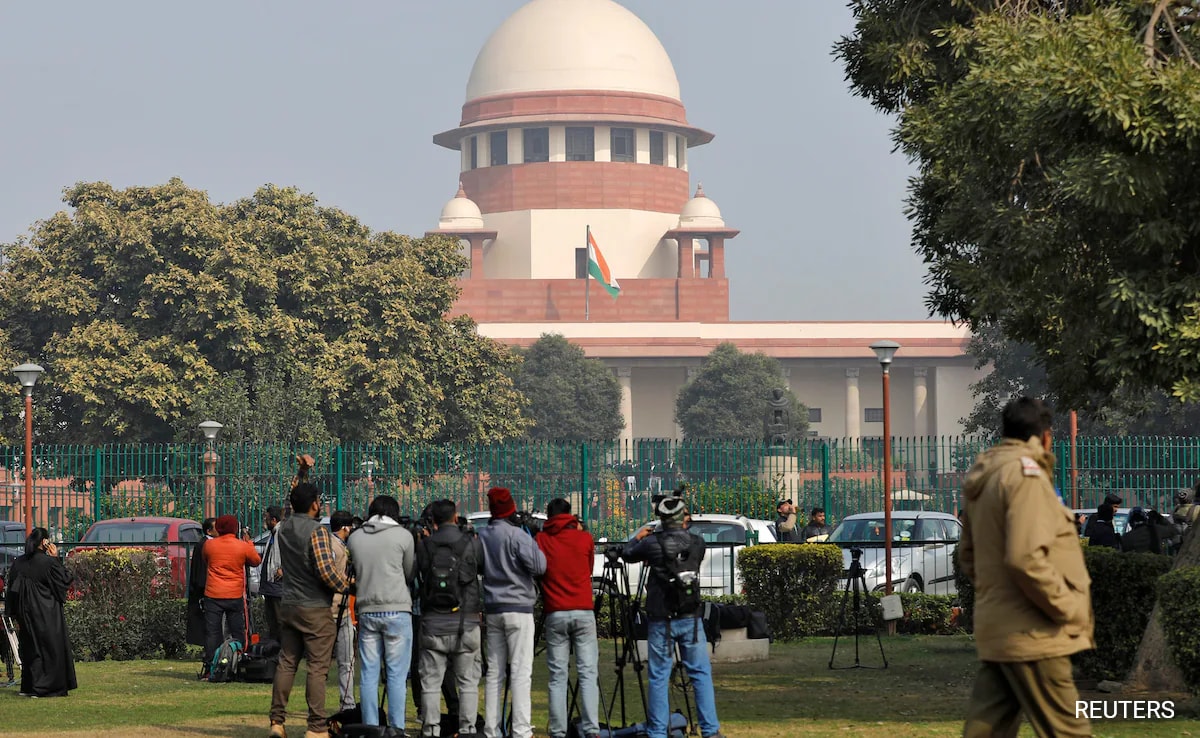Cushing syndrome is caused due to a rare genetic disease called primary pigmented nodular adrenocortical disease (PPNAD), an extremely rare disorder with a prevalence of less than one in two lakh
Updated On – 16 April 2024, 04:15 PM

Berhampur: A group of doctors in government-run MKCG Medical College and Hospital here performed laparoscopic bilateral adrenalectomy of a 9-year-old girl child, who was suffering from Cushing syndrome, a very rare disease, for the first time in the state.
Cushing syndrome is caused due to a rare genetic disease called primary pigmented nodular adrenocortical disease (PPNAD), an extremely rare disorder with a prevalence of less than one in two lakh. The doctors took around three hours to perform the laparoscopic on April 9, said a doctor.
“This might be the first case in the state and our doctors successfully treated the girl. The condition of the girl is now good and will be in the hospital for some days for observation,” said Suchitra Dash, superintendent of the medical college and hospital.
After visiting the patient on Monday, principal of the medical college Santosh Kumar Mishra and superintendent thanked the team of doctors for conducting successful laparoscopy of the patient, which was a very difficult task.
It is characterised by small to normal-sized adrenal glands containing multiple small cortical pigmented nodules. In this disease, both adrenal glands in the above kidney secrete excess hormone cortisol and if not treated early leads to cardiac disease and stroke and early death.
The treatment is by removal of both side adrenal glands and lifelong supplementation with low-dose steroids, said P Ravi Kumar, professor, endocrinology department.
This was a very challenging operation performed by a team of doctors consisting of paediatric surgeons, urologists, anaesthesia, and paediatrics departments.
Besides, parent department endocrinology provided support for steroids throughout the surgery, said Manas Ranjan Dash, associate professor, of paediatrics surgery, who led the team.
Ravi Kumar said the patient from Khandadeuli village in Ganjam district was admitted to the endocrinology department on April 4. She was suffering from excessive weight, acne and high blood pressure. After thoroughly investigating, she was diagnosed to be a case of Cushing syndrome, he said.






















